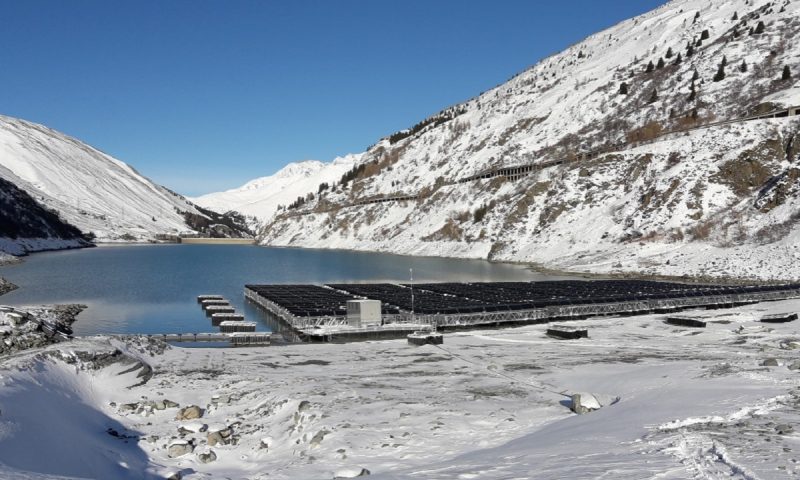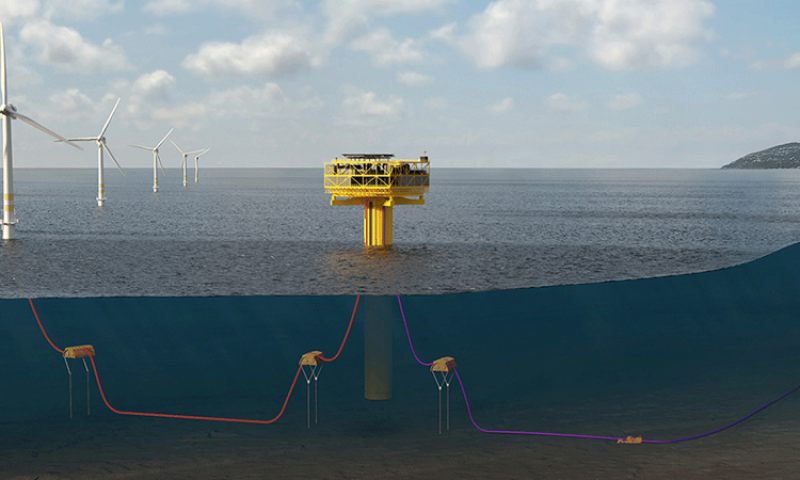
Pioneering Floating Solar Plant in Switzerland Powered by ABB
ABB partners with Romande Energie to supply its market leading inverter solutions for one of the world’s highest floating PV installations, which increases efficiency of DC production by up to 30 percent, even in the winter. The innovative solar plant, situated 1810 meters above sea level on the artificial Lac des Toules in Switzerland, is predicted to produce more than 800,000 kWh of electricity per year and supply up to 220 homes in the region.
Located in the Swiss Alps, Lac des Toules is the latest in a global trend for installing floating Photovoltaic (PV) structures, which offer over 50 percent more efficiency by using topography and the surrounding natural resources, as well as being driven by a need to source alternative locations for PV systems where onshore land is at a premium.
The plant in Lac des Toules is unique due it its high-altitude location and climatic conditions, along with the higher than average annual yields even in winter months when there are extreme minus temperatures and low solar irradiation.
Yields and efficiency levels are improved thanks to the use of bifacial modules and the ‘albedo effect’ whereby the lake and snow’s reflective light is captured by the PV system. This enables the PV plant to continue to operate and produce electricity even when there is snow coverage.
Guillaume Fuchs, project lead at Romande Energie said: “We have been working on this project since 2012, so collaborating closely with our partners has been critical. ABB’s capabilities to support above and below the line with a complete technology package – including its PVS-175 string inverters, a transformer station with a dry transformer, and switchgear for medium and low-voltage, advice and counsel – have been critical to achieving and realizing this unique installation.”
The 2240 sqm park consists of bifacial solar models on a carpet of 36 floats, which are secured to the bottom of the lake by weights, allowing it to rise and fall at the same time as the water. The location also means that the floating PV structure and technologies had to withstand winds of up to 120km/h, lake ice thickness of 60 cm, and the potential to support up to 50 cm of snow.














